Art that Made Us: The new TV series that tells an alternative history of Britain through art
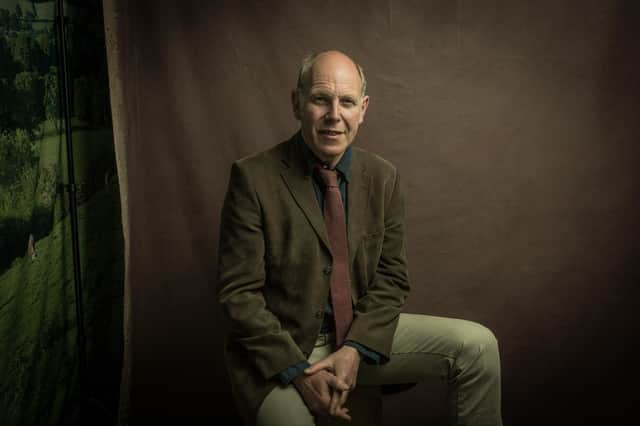

says historian James Hawes: “ The history of this country is so much wilder and more interesting than people seem to think. Our history is more smashed up and rebuilt than any other European country due to the number of different people and therefore cultures that have invaded and populated us over the years. As a result these influences are reflected in our art and culture.”
The result is Art that Made Us: Brilliant Isles – a new eight-part series which started on Thursday with an accompanying book of the same name, written by Hawes, author of bestselling The Shortest History of England,.
Advertisement
Hide AdAdvertisement
Hide Ad“Through 1500 years and eight dramatic turning points, Art That Made Us presents an alternative history of the British Isles, told through art,” says Hawes. The series focuses on artworks that continue to inspire artists today – art from all genres that emerged at some of the most exciting times of crisis and turbulence in our history.
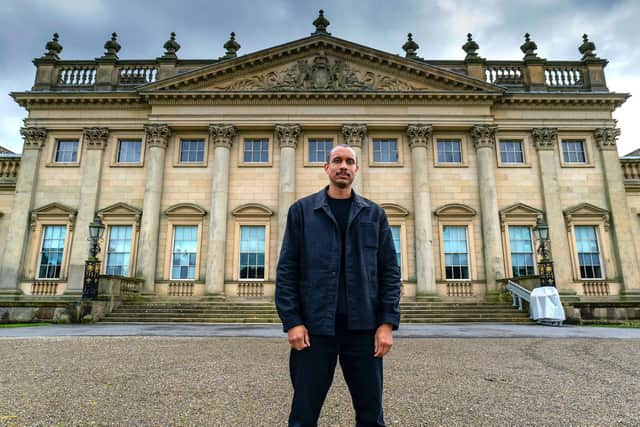

Each episode explores eight to ten artworks from around the UK and Ireland.
“We had a lot of discussion about what should be included,” says Hawes. “It was not easy but it was a collaborative process and I think in the end we are all happy with the selection.”
In Yorkshire, the locations include River Wharfe, where Simon Armitage films a retelling of the 14th century poem Pearl which tells the tale of a master jeweller who has lost a pearl which turns out to be, in reality, his dead child. It was written at the time of the Black Death in England and so its original listeners knew all about the need to process loss and trauma.
Advertisement
Hide AdAdvertisement
Hide AdThe programme also features York Minster or, to be more accurate, its 15th century Great East Window which is witness to what Hawes describes as a golden age of English art.
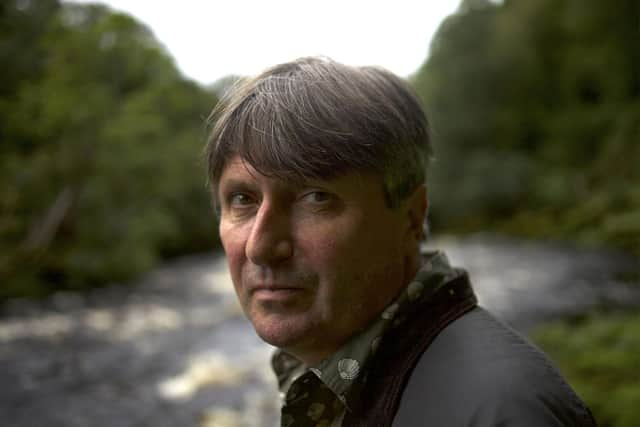

“The new window At York Minster, created in just three years was been called the Sistine Chapel of stained glass and like Michelangelo’s ceiling, it is the master work of a thoroughly modern, individual artist who knew what he was worth.”
His name was John Thornton and by 1405 he was the go-to creator in his field.
At Harewood House, Thomas J Price examines the legacy of slavery. “There are a lot of examples of things looking beautiful on the surface but underneath they are built on dodgy foundations,” says Hawes. “The vast wealth that enabled (Edwin) Lascelles to build Harewood, stuff it with artistic treasures and get his title, came from his West Indian sugar plantations, and from acting as banker to other sugar planters. It was all based on slavery. Still, who cared where your money came from, provided you stuck it, as the fashion demanded, into a socking great brand-new, Roman-look house and had a picture of yourself (like Edwin Lascelles) by Joshua Reynolds over the fireplace,” writes Hawes.
Advertisement
Hide AdAdvertisement
Hide AdWe have to fast forward a few hundred years for the next Yorkshire entry – Contrapuntal Forms by Barbara Hepworth.
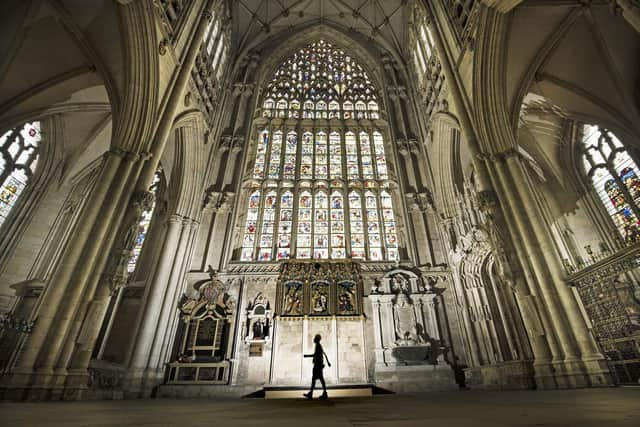

“It made Hepworth famous overnight,” says Hawes. “She might have continued to pursue her obsessive, curving polished-and-pierced forms in authentic obscurity had it not the new postwar curatocracy embraced her.”
He says, abstract art was tied to the notion of unfettered Creative Genius – the polar opposite of the Soviet Realist style backed by the Kremlin and therefore it was sponsored as part of the Cold War.
“Nobody can doubt Hepworth’s obsessive dedication to her art. Her trajectory, though, reminds us that becoming enshrined as a ‘great artist’ always involves being in the right place at the right time and often has more to do with unseen forces of politics and power than anyone at the time realises.” A more recent inclusion is a poem by Philip Larkin. “Going is a sense of his own life ebbing away in tandem with this lyrical idea of England,” says David Baddiel in the programme. A favourite of the nation it was only after his death that another, racist, side to Larkin became clear.
Advertisement
Hide AdAdvertisement
Hide Ad“Larkin’s life and work opens the whole Pandora’s Box – should we stop liking the poems because of what we now know about the writer?” says Hawes in Art That Made Us. “Should the work of a poet who began publishing in the 1940s be rejected because of alcoholic ramblings from 30 years later? Or should we see Larkin warts and all as a salutary reminder that hair-raising ideas about race were common until the 1970s?”
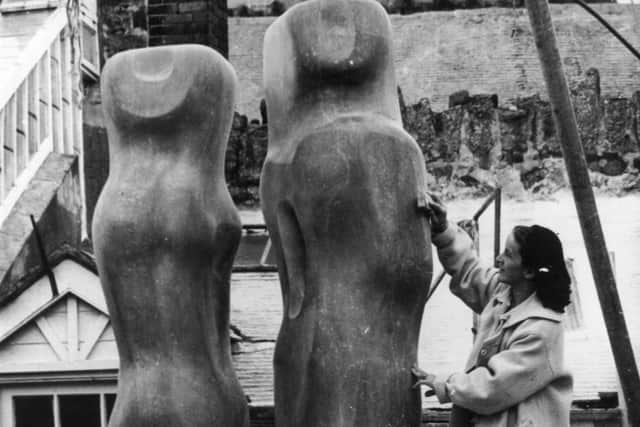

Examples of other artworks include the 5th century clay figure Spong Man; Shakespeare’s Othello; Milton’s Paradise Lost; Christopher Wren’s Dome of St Paul’s; Jane Austen’s Mansfield Park; JMW Turner’s painting Rain, Steam and Speed; North and South by Elizabeth Gaskell; A Taste of Honey by Shelagh Delaney; Hanif Kureishi’s Buddha of Suburbia; the Belfast Peace Walls and Stormzy at Glastonbury.
“It is the world’s fascination with British art that is also interesting,” says Hawes.”We might have lost the empire but our art is still revered across the globe, far more than the art of other countries.”
The series started with the story of battles and invasion after the Romans leave. It goes on to explore the trauma of the Black Death and the creative renewal it inspires; the religious upheaval of the Reformation; the bitter culture war and Civil War in the 17th century; the consumer boom of the Georgian era, the explosive growth of cities during the 19th century; the artists who tried to imagine better worlds during the wars of the early 20th century; and lastly the expansion of culture since the late 20th century, with new voices challenging the establishment.
Advertisement
Hide AdAdvertisement
Hide AdRunning alongside the series is the Art That Made Us Festival, a partnership between museums, libraries, archives and galleries,including Leeds Libraries, Museums and Galleries, Barnsley Museums, Fairfax House, the Henry Moore Institute, Sheffield Museums and York Museums Trust. They will be putting on events badged as Art That Made Us Festival, exploring and celebrating creativity. During the festival period running to April 30, events are being held across the country.
Art that Made Us is on BBC Two Thursdays at 9pm. The first episode is available on iPlayer.
The book of the same name is published by Old Street Publishing £8.99 www.oldstreetpubilshing.co.uk